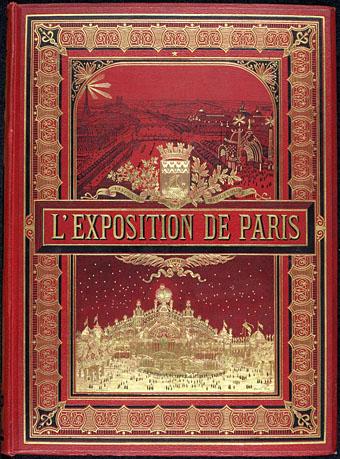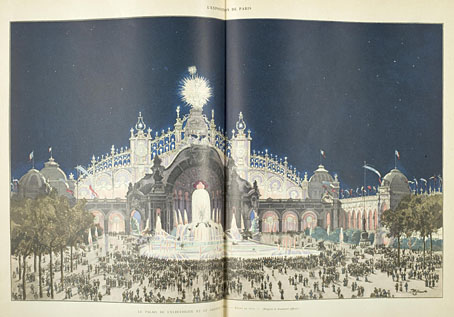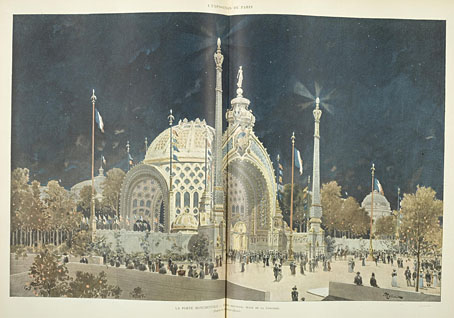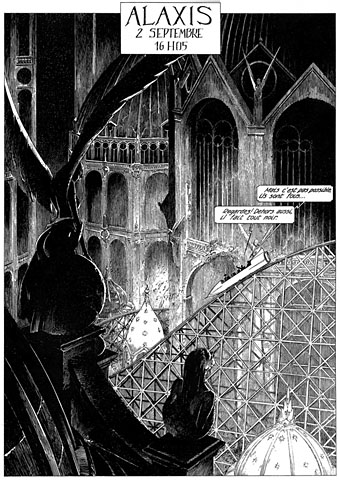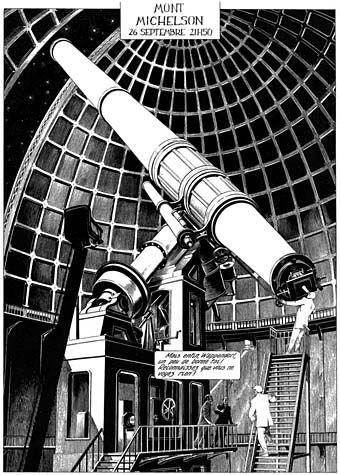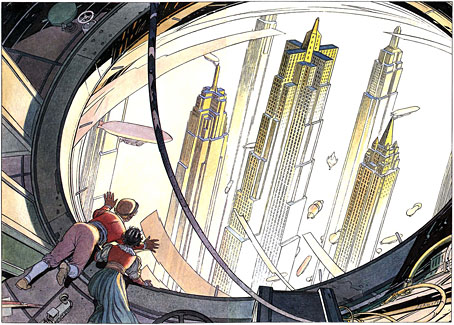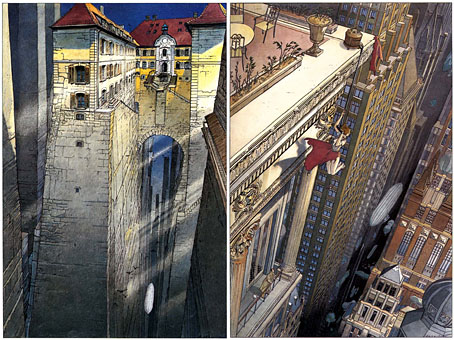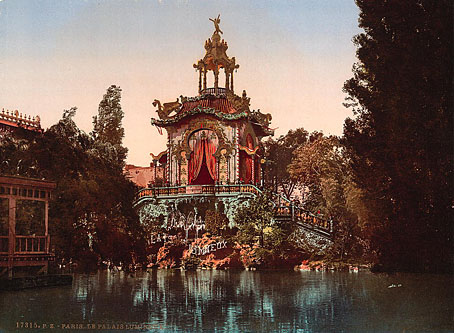Regular visitors here will know that the Paris Exposition Universelle of 1900 is never far away, and this is another addition to the surfeit of information about that event. Following last week’s delve into University of Heidelberg’s digital archives—which I really ought to have properly investigated when I first looked at them last year—I’ve been going deeper into their collection which isn’t always easy when many parts of the site are German-only. One section is devoted to books from 19th century expositions with a sub-section of works concerned with the Exposition Universelle.
The Palace of Electricity.
Among various publications they have the lavish three-volume exposition catalogue which is a real treat to see, not least for its quality. Much of the content is familiar from other books but new views of these remarkable Winsor McCay-like structures are always welcome.
The three volumes are here, here and here.
Main entrance gate.
Previously on { feuilleton }
• Exposition Universelle publications
• Exposition cornucopia
• Return to the Exposition Universelle
• The Palais Lumineux
• Louis Bonnier’s exposition dreams
• Exposition Universelle, 1900
• The Palais du Trocadéro
• The Evanescent City

